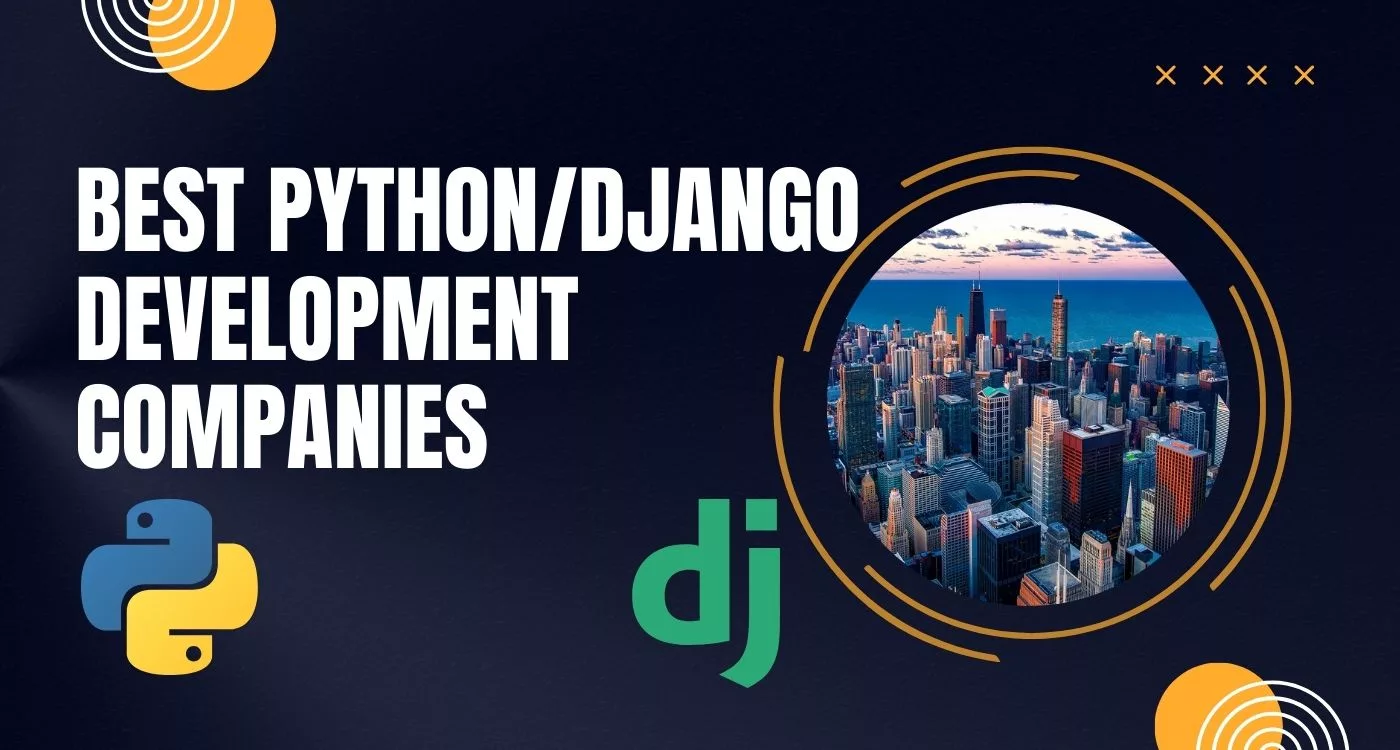Blockchain is everywhere now. You can feel its presence as everyone is talking about it. The coming era is going to be a blockchain era. According to Fortunly, by the end of 2025, it’s expected that corporations will spend $20 billion per year on blockchain technical services.
Now let’s talk about private blockchain. You might imagine from the name private blockchains require that members are invited to participate and have permissions. Private blockchains are databases that exist in an isolated environment with limited access. This type of blockchain is mostly used by large companies and enterprises that want more control of their network.
Now, let’s Understand it in a better way.
Also Read: Top Emerging Blockchain Trends in 2022
What is a private blockchain?
A private blockchain is a type of blockchain network in which only a single authority or organization controls the network. Although private blockchain examples may seem to be a centralized network, in actuality, they can provide partial decentralization.
A private blockchain is a permissioned blockchain. Private blockchains work on the basis of access controls that restrict the people who can participate in the network. It often leads to reliance on third parties to transact.
In a private blockchain, only the entities participating in a transaction will have knowledge about it, whereas the others will not be able to access it. A private blockchain can use Consensus algorithms such as Proof of Elapsed Time (PoET), Raft, and Istanbul BFT.
Examples of private blockchain platforms
- Hyperledger Fabric: A platform for building enterprise-grade blockchain applications.
- Linux Foundation is a perfect example of a private blockchain.
- Corda: A platform that enables businesses to build interoperable blockchain applications.
- Quorum: An enterprise-focused version of Ethereum.
Private blockchains offer some advantages over public blockchains, including improved security and privacy. However, they also come with some trade-offs, such as reduced decentralization and increased centralization.
How does private blockchain work?
In a private permissioned blockchain, the coalition of organizations shares the entire network. The network operator can define user and node rights and roles, such as who is allowed to participate in the consensus process, who is allowed to read and write to the ledger, and how blockchain nodes are spread around the network.
The following are the steps involved in the operation of a private blockchain network:
- Users of the network and their rights are not equal, and their roles in the consortium affect their rights.
- Users who have been granted authority can only access certain categories of data.
- The network participants’ regulations dictate the method of access.
Now, you should look at some basics of blockchain here.
Types of Blockchain Technology
There are four types of private blockchains: consortium, permissioned, partially permissioned, and public.
1. Consortium Blockchain
A consortium blockchain is a privately owned and operated network. consortium chains are typically used by enterprises who wish to cooperate and share data with one another, but who don’t necessarily trust one another. The management of a consortium chain is often centralized.
2. Permissioned Blockchain
A permissioned blockchain is a network where only certain users are allowed to access and make changes to the data. Permissioned chains are often used in scenarios where there is sensitive data that needs to be shared, but where not just anyone should have access to it.
3. Partially Permissioned Blockchain
A partially permissioned blockchain is a hybrid of the two previous types. In a partially permissioned chain, there are certain nodes that are restricted from participating in the network, but there are also public nodes that anyone can join.
4. Public Blockchain
Finally, a public blockchain is a network that anyone can join and participate in. Bitcoin is the best-known example of a public blockchain.
Marketing with private blockchains
The private blockchain is a distributed database that allows only a specific group of people to have access to the data. The members of the group can view and add to the data, but they cannot remove or change data that has already been added. This makes private blockchains ideal for use cases where security and immutability are important, such as in the financial industry.
Private blockchains can be permissioned or permissionless. Permissioned blockchains require that users be approved by a central authority before they can access the chain. Permissionless blockchains, on the other hand, allow anyone to access the chain.
Private blockchain platforms like Hyperledger Fabric, R3 Corda, and Quorum are often used by enterprises and businesses due to their high levels of security and stability.
How are the different types of blockchains used in business?
Different types of blockchains have their own advantages and disadvantages that make them suitable for different uses.
Private blockchains are permissioned, meaning that only approved users can access the data. They offer more security and privacy than public blockchains, but they’re also more centralized. That makes them less transparent and slower to update. Private blockchains are often used by businesses to store sensitive data.
Public blockchains are permissionless, meaning anyone can access the data. They’re more decentralized than private blockchains, but they’re also less secure and slower to update. Public blockchains are often used by cryptocurrencies to store transaction data.
Consortium blockchains are a hybrid of private and public blockchains. They’re permissioned, like private blockchains, but they have multiple approved users rather than just one. Consortium blockchains offer more security than public blockchains and more transparency than private blockchains.
Private blockchain use cases and platforms.
The private blockchain is a distributed database that allows only designated parties to have access to the platform, edit information and participate in the consensus process. A private blockchain can be used for a variety of business use cases, such as supply chain management, health care data management, or cross-border payments.
There are a number of private blockchain platforms that have been developed to support these use cases. Now, we will take a look at some of the most popular private blockchain platforms and explore their key features.
Hyperledger Fabric is an open-source platform that was originally designed by IBM. It supports a wide range of business use cases and is particularly well suited for developing applications that require high levels of security and privacy.
Quorum is another popular private blockchain platform that was designed specifically for enterprise use cases. It includes features such as transaction and contract privacy, voting-based consensus mechanisms, and on-chain governance.
Ethereum Private Network is a fork of the Ethereum blockchain that allows for enhanced privacy and security features. It supports all of the same smart contract functionality as the public Ethereum network but with added security measures.
Conclusion
A private blockchain is a distributed database that allows only selected individuals to have access to the data. It is permissioned, and the participants must be known and authorized by the owner. Private blockchains are often used within organizations, where only certain members can view or add data.
While private blockchains offer some advantages over public blockchains (such as increased security and privacy), they also come with some trade-offs. Namely, private blockchains are less decentralized than public blockchains and may be more vulnerable to malicious attacks.
Overall, whether or not a private blockchain is the right choice for you depends on your specific needs and use case. If you’re looking for increased security and privacy, a private blockchain might be a good fit. But if you need a more decentralized platform, a public blockchain might be a better option.










Leave a Reply